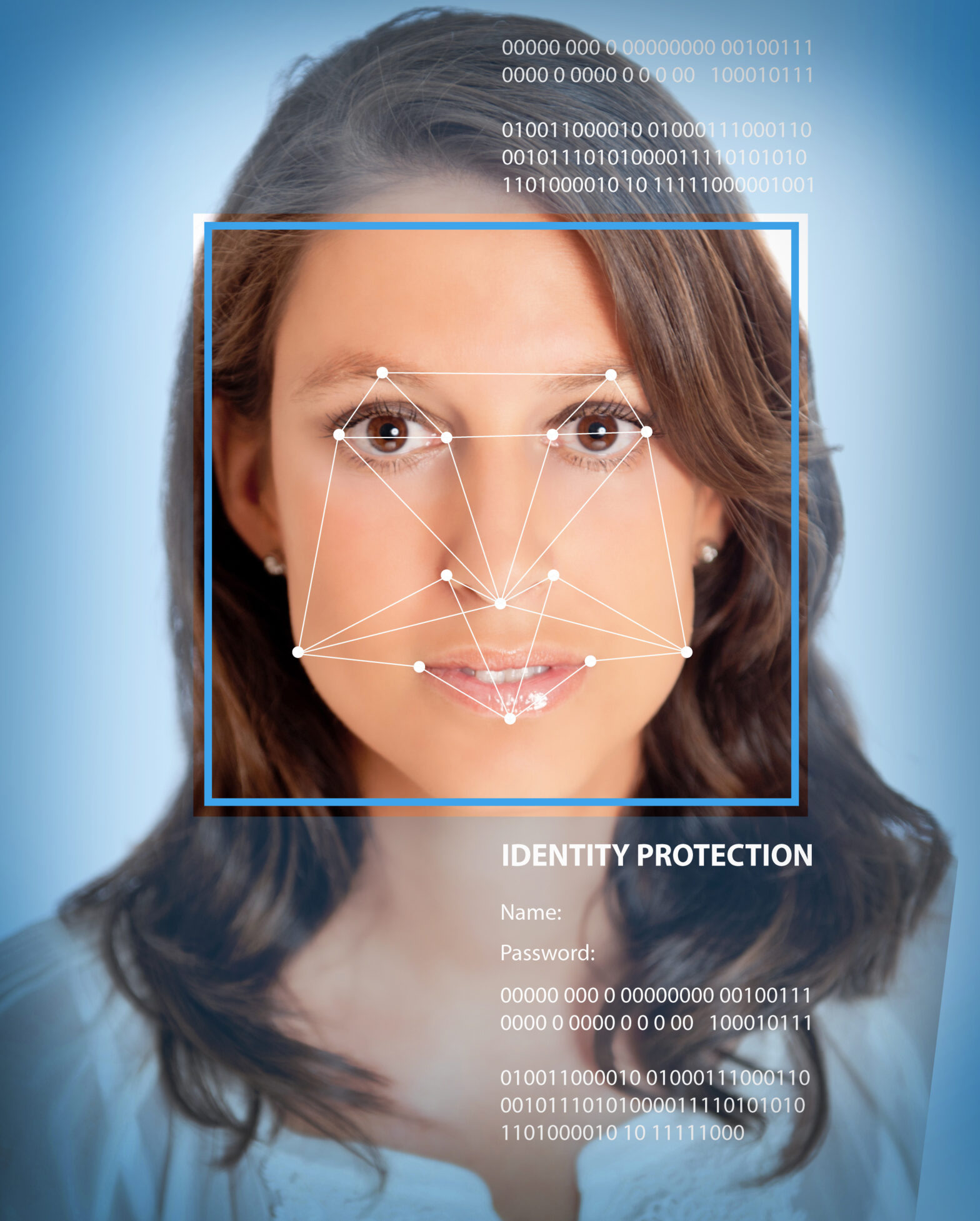Both my face and yours has 83 data points that technology can recognise to ensure we are actually who we say we are. So, if I can unlock my phone, what else can I do with my face? Over the past few years computers have become increasingly good at recognising faces by using these data points and by measuring the distance between them.
We’re seeing solutions come to market to provide enhanced convenience to users, and also to provide surveillance capabilities to authorities. We’re already seeing developments in China around extensive use of facial recognition; walk up to the barrier at a train station and the gate opens for you, assuming your face resembles your national identity card. No worries if you’re feeling rough or having a bad hair day, there are sufficient data points to allow you through the barrier.
>See also: Biometric banking gaining popularity with UK customer
This negates the need for the widespread use of contactless cards that we currently see used extensively in the UK. This then has an impact on our banking regimes – as the technology advances we may see reduced demands for passwords and PIN numbers as we may just simply look at the ATM and ask for cash; ‘Alexa, can I have £60 please?’
It’s already possible to transfer money using an app and your face to authorise. Again, in China, 120 million people have access to a mobile payment app using their face as credentials. It’s possible to both transfer money and also get a loan simply by using your face as identification.
Ticket touts are the current scourge of getting into concerts (something close to my heart), but if your ticket is matched to your face then there is no unauthorised secondary ticket market. Getting access to sporting events could be made easier for the fan, whilst saving costs for the club.
>See also: 7 industries that will be radically changed by the IoT
In addition, whilst surveillance is still considered a delicate subject, tracking of movement through a venue allows for efficiencies in access areas and the targeting of relevant services to individuals. It could also allow tracking of movement through public transport systems for improved customer experiences.
We’ve heard a lot about body-worn police cameras recently. Ultimately these could be linked to central resources for the identification of known criminals making our streets a safer place. Cars could be enabled to recognise an authorised driver, meaning no stolen cars and no lost keys. The list goes on.
Obviously, this relies on a few things. One of the reasons that China is a large market for this is the large national database for identification purposes. Whilst some may not be comfortable with this in the Western world, there is a decision as to whether the benefits outweigh the use of your personal data.
>See also: iPhone X analyst reaction: the phone of the future?
It would also rely on suitably responsive infrastructure to support the use cases, but with the technology evolution you’ll soon be able to use public transport, buy goods and, when you walk into Starbucks, baristas will no longer need to ask your name. You’ll be recognised as you walk in, and this time the cup will have your correct name on it.
Now where is that false beard?
Sourced by Bill McGloin, chief technologist – Information, Computacenter







